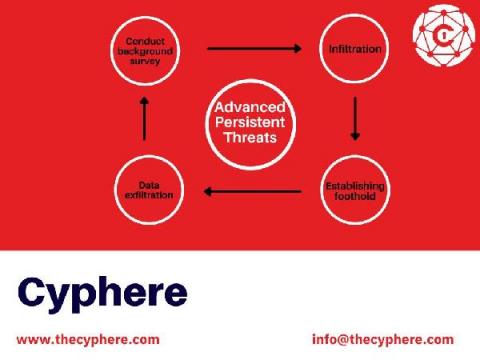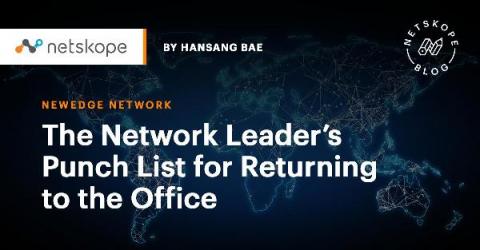ManageEngine recognized in 2021 Gartner Magic Quadrant for Security Information and Event Management for the fifth time!
Today, we’re excited to announce that ManageEngine has been recognized in 2021 Gartner Magic Quadrant for security information and event management (SIEM) for the fifth consecutive time. We are thrilled to be awarded this recognition yet again for our contribution to the world of cybersecurity. “Most enterprises were not prepared for the widespread changes in work environments following the COVID-19 pandemic.











